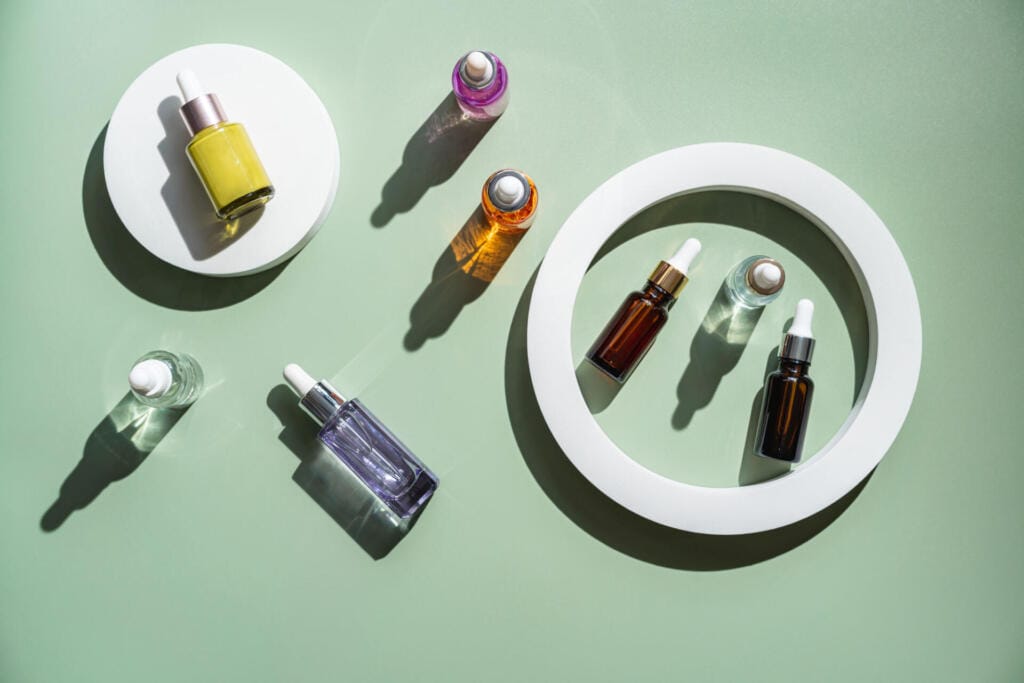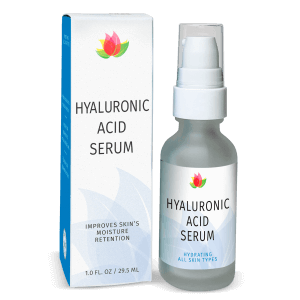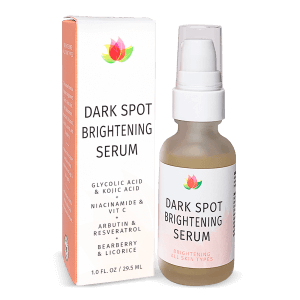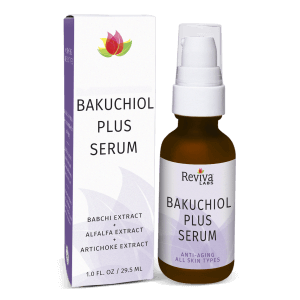How Do I Use?, Reviva Labs, Skin Care
How to Layer Face Serums
When it comes to skincare, serums hold a special place in your product lineup. Their lightweight consistency and high concentration of active ingredients make them powerful tools for tackling specific skin issues like acne, fine lines, and discoloration.
The secret to achieving your best skin isn’t only about choosing the right serums for your skin – it’s also about how to apply more than one serum to maximize your benefits. When using more than one serum, its important to know how to layer them in the correct order so you can boost their effectiveness and maximize their potential.
Why Serums Are Good
Serums are designed to deliver concentrated, potent ingredients that target specific concerns such as hydration, acne control, and anti-aging. Their smaller molecular structure allows them to penetrate deeper layers of the skin, unlike creams, which typically remain on the surface. Because of this, serums can deliver a high dose of active ingredients directly where they’re needed most.
Incorporating a serum can be a game-changer if you’re dealing with stubborn skin issues, from persistent acne to fine lines. Many serums are also formulated to work in tandem with other products, creating a “layered” approach that’s more than just adding a second or third product to your skin. It’s about amplifying results. However, layering can be a bit tricky, especially with certain ingredients that may be too potent when combined.
The Basics of Layering Serums
When it comes to layering, always apply serums from the thinnest to the thickest texture. Lightweight serums absorb faster and won’t be blocked by thicker products, while denser formulations can “seal in” the layers beneath them, ensuring maximum absorption.
Typically, serums are applied after cleansing and toning but before moisturizers or sunscreens.
Order of Application:
- Water-Based Serums (Hydration, Brightening)
- Oil-Based Serums (Barrier Repair, Deep Moisturizing)
- Creams and Moisturizers (To seal everything in)
Waiting 30-60 seconds between each layer allows the skin to properly absorb each serum and avoids a sticky or uneven finish.
Ingredients that Work Well Together
Knowing which ingredients work harmoniously can make all the difference in achieving your skin goals. Certain serum ingredients create a synergistic effect, boosting each other’s performance and bringing out the best in your skin. Here are a few powerful combinations:
Hyaluronic acid is a hydrating powerhouse, while vitamin C is known for its brightening and anti-aging benefits. Together, they provide a radiant, hydrated glow, and hyaluronic acid helps buffer any potential irritation from vitamin C.
Niacinamide calms redness and inflammation, a perfect partner for salicylic acid, which can be drying but is highly effective for acne control. This combination is ideal for acne-prone or oily skin types as niacinamide reinforces the skin barrier while salicylic acid clears out pores.
Retinol is excellent for promoting cell turnover, while peptides are known for their collagen-boosting abilities. Using them together at night maximizes skin renewal and repair, helping to reduce fine lines and improve elasticity.
These combinations are designed to work together harmoniously, but let’s address ingredients that don’t mix well.

Ingredients to Avoid Layering Together
Certain combinations can lead to irritation, reduce efficacy, or even counteract one another:
Vitamin C + Retinoids
Both Vitamin C and retinoids are powerful actives, but they work best at different pH levels. Vitamin C, especially in its purest form, ascorbic acid, needs a lower pH, while retinoids prefer a more neutral environment. When used together, they can cause irritation. A simple solution? Use Vitamin C in the morning and save retinoids for your evening routine.
AHAs/BHAs + Retinoids
Alpha hydroxy acids (AHAs) and beta hydroxy acids (BHAs) like glycolic acid and salicylic acid are exfoliating ingredients that can increase skin sensitivity, similar to retinoids. Combining them with retinoids can lead to over-exfoliation, redness, and even flaking. Stick to using acids in the morning or alternate days, keeping your retinoid as a nighttime staple.
Niacinamide + Vitamin C
Though both ingredients can work together in stable formulations, layering pure niacinamide and Vitamin C serums might reduce their effectiveness. This isn’t a hard-and-fast rule, as newer formulations have improved stability. However, for optimal results, consider using niacinamide at night and Vitamin C in the morning.
Basic Serum Routines for Common Skin Concerns
For Acne-Prone Skin
- Morning:
- Niacinamide: Reduces inflammation and oil production.
- Salicylic Acid: Clears pores and reduces acne breakouts.
- Evening:
- Retinol: Promotes cell turnover to prevent clogged pores.
- Moisturizing Serum (optional): Use a light hydrating serum like hyaluronic acid if your skin feels dry.
For Anti-Aging
- Morning:
- Vitamin C: Fights free radicals and boosts collagen.
- Hyaluronic Acid: Provides hydration and plumps fine lines.
- Evening:
- Retinol: Promotes collagen production and smooths fine lines.
- Peptide Serum: Enhances the skin’s elasticity and firmness.
When to Apply Oil-Based Serums
Oil-based serums are best applied after water-based ones because they form a protective layer that helps lock in moisture and nutrients. Applying an oil-based serum first may block the absorption of water-based serums, so always apply lighter serums first.
Common Mistakes to Avoid
- Overloading Active Ingredients
Layering multiple active ingredients (like acids and retinol) can cause irritation and disrupt your skin barrier. It’s best to focus on one or two key ingredients per routine and rotate them as needed.
- Skipping a Patch Test
Anytime you add a new active ingredient to your routine, always perform a patch test on a small area of your skin. This helps prevent unexpected reactions.
- Adjust Based on Skin Sensitivity
Your skin’s needs may change with seasons or lifestyle factors, so adapt your serum routine as necessary.
Mastering the art of layering serums is more than just a beauty ritual—it’s a science-backed approach to getting the most out of each ingredient. By learning which ingredients work well together, which ones should be used at different times of the day, and in what order, you’re setting your skin up for success. So the next time you’re applying your skincare, remember: a little knowledge goes a long way to brighter, healthier skin!












